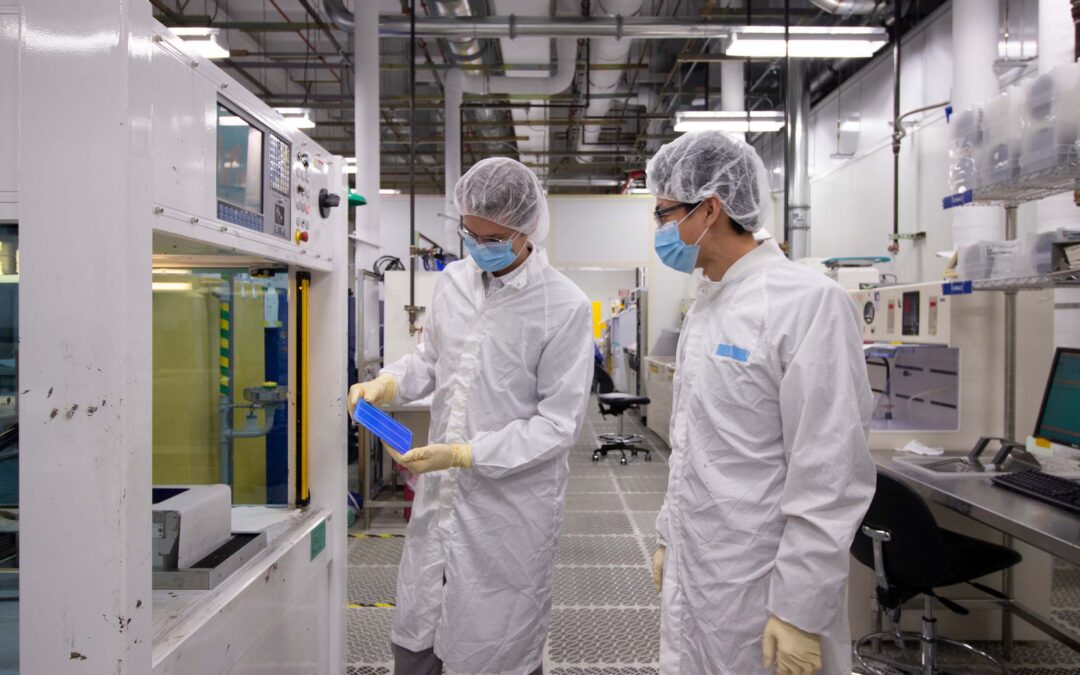As climate change becomes an increasingly pressing problem worldwide, the race to develop sustainable power-generation technology is ever more crucial. A new consortium of academic and industry partners, Tandems for Efficient and Advanced Modules using Ultrastable Perovskites, or TEAMUP, looks to help mitigate climate change by making a new generation of solar technology commercially viable.
The three-year TEAMUP collaboration, which is planned to start in the fall of 2023, is supported by $9 million in funding from the U.S. Department of Energy. TEAMUP seeks to maximize the performance and reliability of tandem solar panels for consumer use.
Tandem refers to solar panels that are made from a combination of two or more cells optimized to absorb different sections of the electromagnetic spectrum, or simply put, colors of light.
Halide perovskites are a family of materials that have shown tremendous potential for high performance and low production costs in solar cells. The term “perovskite” comes from the name for the materials’ crystal structure. Perovskites and silicon absorb different colors of sunlight, resulting in a greater combined efficiency than for panels made from either material alone.
Ultimately, the consortium hopes to use this emerging technology to put the U.S. at the forefront of solar technology manufacturing. The project aligns with Arizona’s New Economy Initiative, which is positioning the state as a hub for advanced jobs in engineering, technology and advanced manufacturing.
The consortium’s efforts also directly relate to the goals of ASU’s Advanced Materials, Processes, and Energy Devices, or AMPED, Science and Technology Center, which has photovoltaic, or solar, technology as one of its primary research thrusts.
